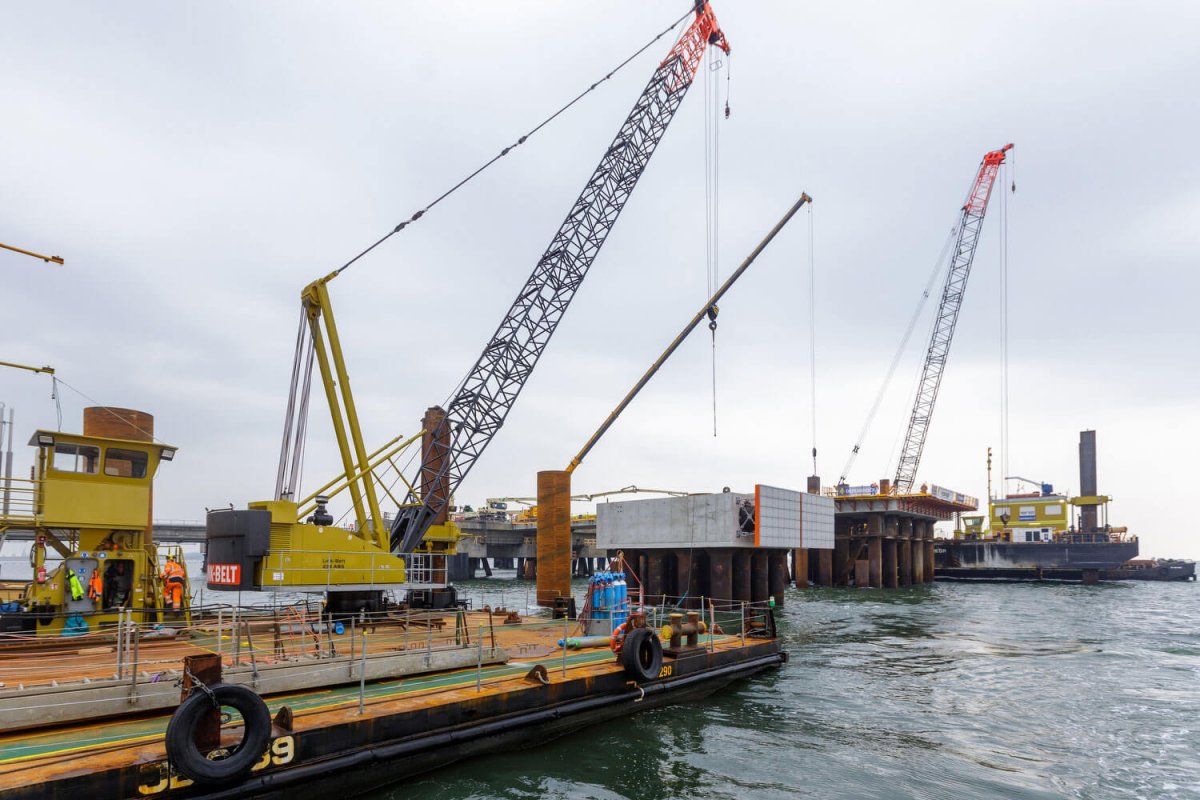The interest group of German gas and hydrogen operators, INES, suggests building a larger buffer with more gas storage instead of investing in too many new LNG terminals. INES argues that this proposal better takes into account the upcoming changes caused by Germany’s planned climate neutrality. The association does not expect any issues completely filling up the gas storage tanks again by next winter, as it has calculated three different scenarios.
The proposal is based on the fact that LNG tankers at Europe’s existing terminals have unloaded their freight primarily in winter. With more gas storage facilities, more liquefied natural gas could also be imported in summer, requiring less LNG import capacity in winter, according to the association’s figures recently published by the Federal Ministry of Economics.
The proposal also responds to criticism from environmental and climate protection groups. Additional gas storage facilities could be set up that are also used to store hydrogen, which is part of the federal strategy to achieve climate neutrality by 2045. INES believes that more memory is necessary, with only existing deposits with a capacity of 32 terawatt hours being suitable for hydrogen at the moment, but a capacity of 74 terawatt hours required by 2045.
However, it remains uncertain to what extent the federal government can exert control over the construction of further LNG terminals, with state influence currently reduced to the chartering of several floating terminal ships. Private energy companies operate most terminals, and some projects, including a significant project off Rügen, have faced numerous protests but are not directly dependent on the federal government.
The gas storage operators believe that the relaxation in the supply will slow down the expansion of further LNG terminals, along with falling energy prices. Nonetheless, they outline that the storage facilities will be full by the end of September, with the existing LNG terminals’ help, even though the federal government aims for 85 percent. In the event of a cold winter, the storage levels could drop again quickly but above the 95 percent mark required for November, with moderate volume of LNG imports being sufficient.
The consulting firm Prognos coming to similarly positive results, but the Federal Network Agency and the EU Commission recently warned against underestimating the challenges for the coming winter in view of the problem-free winter of 2022/23.



